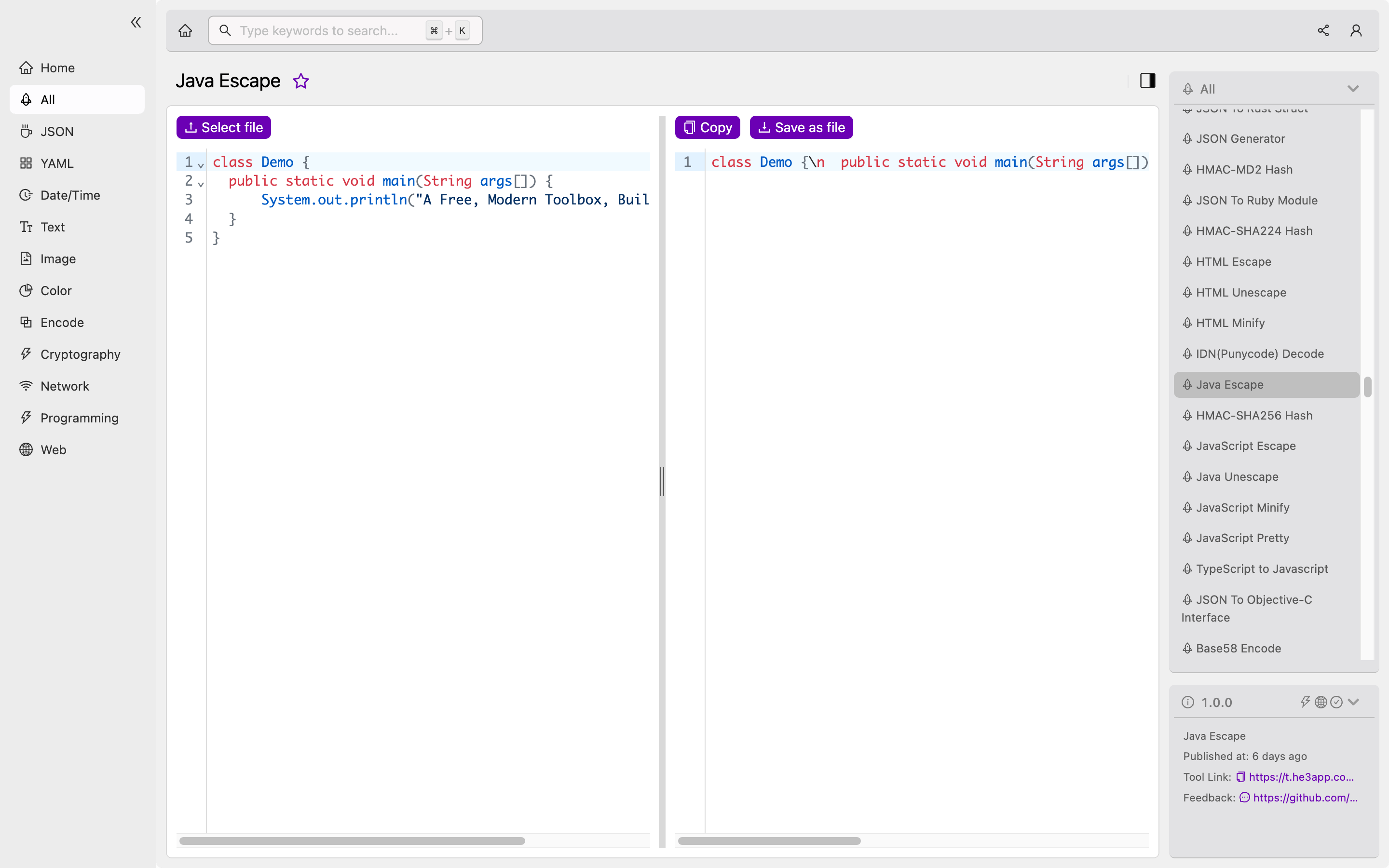Introduction
As a developer, it’s important to ensure the security of the code you write. One way to do this is by using Java Escape, a feature that allows you to include special characters and escape sequences in your strings.
What is Java Escape?
Java Escape is a technique used to include special characters and escape sequences in strings. Special characters, such as quotation marks and backslashes, and escape sequences, such as \n and \t, are used to represent characters that cannot be typed directly into a string.
Java Escape works by prefixing these special characters and escape sequences with a backslash (). For example, if you want to include a quotation mark within a string, you would use the escape sequence ” instead of simply typing the quotation mark.
How it Works
Java Escape is a simple but powerful feature that can help you make your code more secure. Here’s an example of how to use Java Escape in Java:
String message = "This string contains a quotation mark \" and a new line character.\n";
System.out.println(message);The output of this code will be: “This string contains a quotation mark ” and a new line character.”
Scenarios for Developers
Java Escape is particularly useful when working with user input. When you allow users to input text into your application, you never know what they might type. Special characters and escape sequences can be used to inject malicious code into your application. By using Java Escape to filter out these special characters and escape sequences, you can prevent this type of attack.
Key Features
Here are some key features of Java Escape:
| Feature | Description |
|---|---|
| Prefixes special characters and escape sequences with a backslash () | This tells Java to treat the following characters as special characters or escape sequences |
| Used to include special characters and escape sequences in strings | Allows you to represent characters that cannot be typed directly into a string |
| Helps prevent injection attacks | By filtering out special characters and escape sequences, you can prevent malicious code from being injected into your application |
Misconceptions and FAQs
Misconceptions
There are a few common misconceptions about Java Escape. One common misconception is that it is only used for formatting strings. While it is true that escape sequences can be used to format strings, Java Escape can also be used to prevent injection attacks.
FAQs
Q: Can I use Java Escape in other programming languages?
A: Yes, many programming languages use escape sequences to represent special characters in strings. However, the specific escape sequences used may differ between languages.
Q: Do I need to use Java Escape for all user input?
A: It depends on the specific use case, but in general, it’s a good idea to filter out special characters and escape sequences from all user input to prevent injection attacks.
How to Use Java Escape
To use Java Escape, simply prefix special characters and escape sequences with a backslash (). Or you can use Java Escape tool in He3 Toolbox (https://t.he3app.com?dlwh ) easily.

Conclusion
Java Escape is a powerful feature that can help you make your code more secure. By filtering out special characters and escape sequences, you can prevent injection attacks and keep your application safe. For more information about Java Escape and other Java features, check out the Java Escape Wikipedia page.
